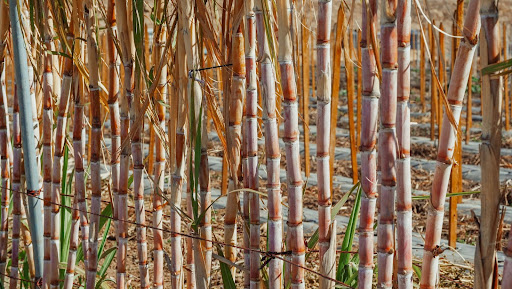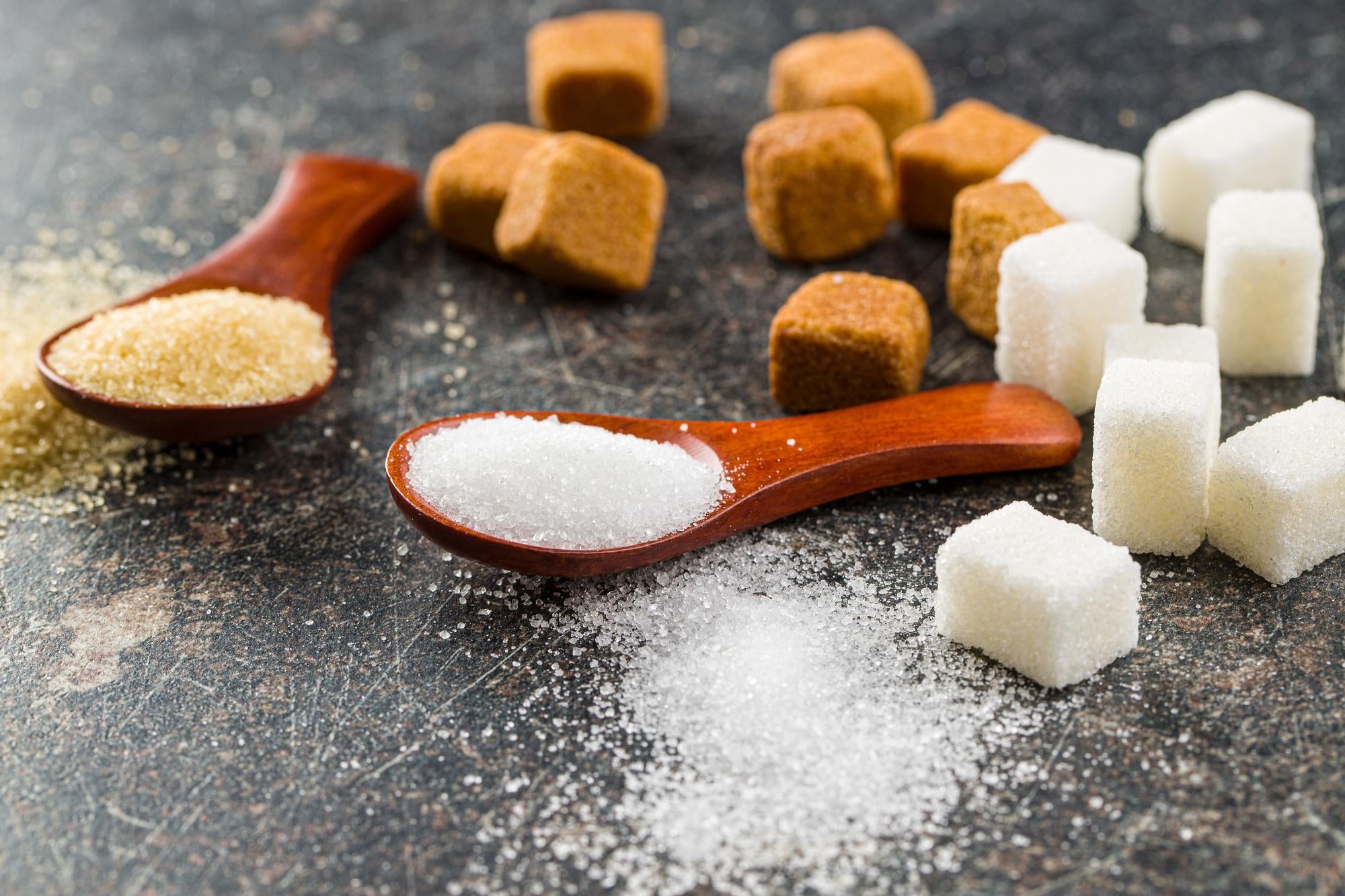Understanding Sugar Beet Vs Sugar Cane: Key Differences and Their Value in the Global Sugar Industry
The distinctions between sugar beet and sugar cane are considerable in the context of the global sugar sector. Their differing weather requirements affect where they can be grown, while their one-of-a-kind nutritional profiles impact customer choices. In addition, the financial effects of each plant form market characteristics. Recognizing these distinctions is essential for understanding the wider influence on manufacturing and supply chains. What additional intricacies occur when considering their duties in the industry?
Environment and Geographic Adaptability
Sugar beet and sugar cane exhibit distinct environment and geographical versatility that affects their farming. Sugar beet flourishes in temperate environments, requiring great weather for perfect growth. It is primarily grown in areas such as Europe and The United States And Canada, where conditions favor its development during springtime and loss. In comparison, sugar cane flourishes in exotic and subtropical climates, necessitating cozy temperature levels and bountiful rainfall. This plant is mainly grown in nations like Brazil, India, and Australia, where the atmosphere sustains its lengthy growth cycle.The differing adaptability of these crops influences not only their geographical distribution but likewise the farming techniques utilized by farmers. Sugar beet's resilience to chillier temperature levels enables earlier planting, while sugar cane relies upon a longer growing season to attain optimal return. Comprehending these climatic choices is crucial for improving manufacturing and making certain food protection in areas based on these vital sugar resources.
Cultivation and Harvesting Techniques

Cultivating sugar beet and sugar cane entails distinctive strategies customized per crop's particular growth requirements. Sugar beet is typically planted in great, pleasant climates, needing well-drained dirt and specific spacing to enable perfect origin growth. Sugar beet vs sugar cane. Farmers usually utilize mechanical planters to assure consistent seed placement, complied with by routine irrigation and weed monitoring practices to support growth.In contrast, sugar cane grows in warmer climates and is usually propagated via stem cuttings instead of seeds. Growing happens in rows, enabling adequate sunlight and air movement. Collecting sugar cane is labor-intensive, frequently involving hands-on cutting or the use of specialized machinery, depending on the scale of production. On the other hand, sugar beet harvesting employs mechanical farmers that remove the roots from the dirt, reducing damages and guaranteeing a cleaner item. Both crops demand mindful administration to maximize yield and high quality, reflecting their significance in the international sugar market
Processing Approaches and Performance
Processing methods for sugar beet and sugar cane disclose key differences that influence performance and return. Sugar beetroots go through a collection of steps, beginning with slicing the origin right into slim cossettes, complied with by extraction of juice through diffusion or pressing. This juice is after that detoxified, focused, and taken shape, causing granulated sugar. The process normally takes regarding 5-10 hours from harvesting to crystallization.In contrast, sugar cane handling entails squashing the stalks to remove juice, which is after that heated up and made clear. The juice goes through dissipation and formation, frequently taking longer than beet handling because of the fibrous nature of the cane. Furthermore, sugar cane can be processed continuously, enhancing efficiency.
Financial Influence and Global Production Fads
The distinctions in handling techniques between sugar beet and sugar cane not only affect performance however also have considerable economic implications. Sugar cane controls in tropical areas, using reduced production costs as a result of positive weather conditions and lower power demands. On the other hand, sugar beet is largely cultivated in pleasant areas, where higher production prices are usually incurred. This geographical difference impacts global supply chains, affecting rates structures and availability.Recent fads suggest a varying worldwide demand for sugar, with both plants experiencing cost volatility. As nations go for self-sufficiency, financial investments in neighborhood sugar beet production have boosted, specifically in Europe and North America. At the same time, creating countries remain to count greatly on sugar cane, driven by export potential. In general, the economic effect of these crops is profound, forming farming plans, trade arrangements, and the sustainability of the international sugar market.
Nutritional Profiles and Health And Wellness Considerations
While both sugar beet and sugar cane act as primary resources of sucrose, their nutritional accounts and health and wellness factors to consider vary substantially. Sugar cane, frequently regarded as a more all-natural next page sweetener, has trace quantities of nutrients, consisting of calcium and potassium, in addition to antioxidants. In comparison, sugar beet is primarily made up of sucrose with very little dietary value, however it is rich in fiber and particular phytonutrients, which might provide digestion benefits.Health factors to consider bordering both sources concentrate on their high glycemic index and potential effects for excessive weight and diabetes mellitus. While both sorts of sugar add to calorie intake, the handling methods can impact their health and wellness effect. Sugar beet commonly undergoes substantial refining, while sugar cane might keep even more of its natural compounds in much less processed Web Site forms, such as raw cane sugar. Eventually, moderation is vital when integrating either into a balanced diet.
Often Asked Questions

Which Areas Mostly Expand Sugar Beet Versus Sugar Cane?
Areas mainly expanding sugar beet consist of Europe and North America, while sugar cane prospers in exotic and subtropical locations such as Brazil, India, and Southeast Asia. Environment and dirt conditions greatly influence these farming patterns.
Just How Do Sugar Beet and Sugar Cane Differ in Taste?

What Prevail Byproducts of Sugar Beet and Sugar Cane?
Typical spin-offs of sugar beet include molasses and animal feed, while sugar cane yields bagasse, molasses, and ethanol. Both plants add substantially to numerous markets, Look At This enhancing sustainability and financial worth past their key sugar production.
How Do Environmental Elements Affect Sugar Beet and Sugar Cane Yields?

What Is the Historical Value of Sugar Beet and Sugar Cane Cultivation?
The historical significance of sugar beet and sugar cane cultivation hinges on their duties in global economies, farming techniques, and trade. Both plants formed social frameworks, influenced early american policies, and added to the development of modern markets.
Comments on “From soil to refinery: How sugar beet vs sugar cane differ across the full production cycle”